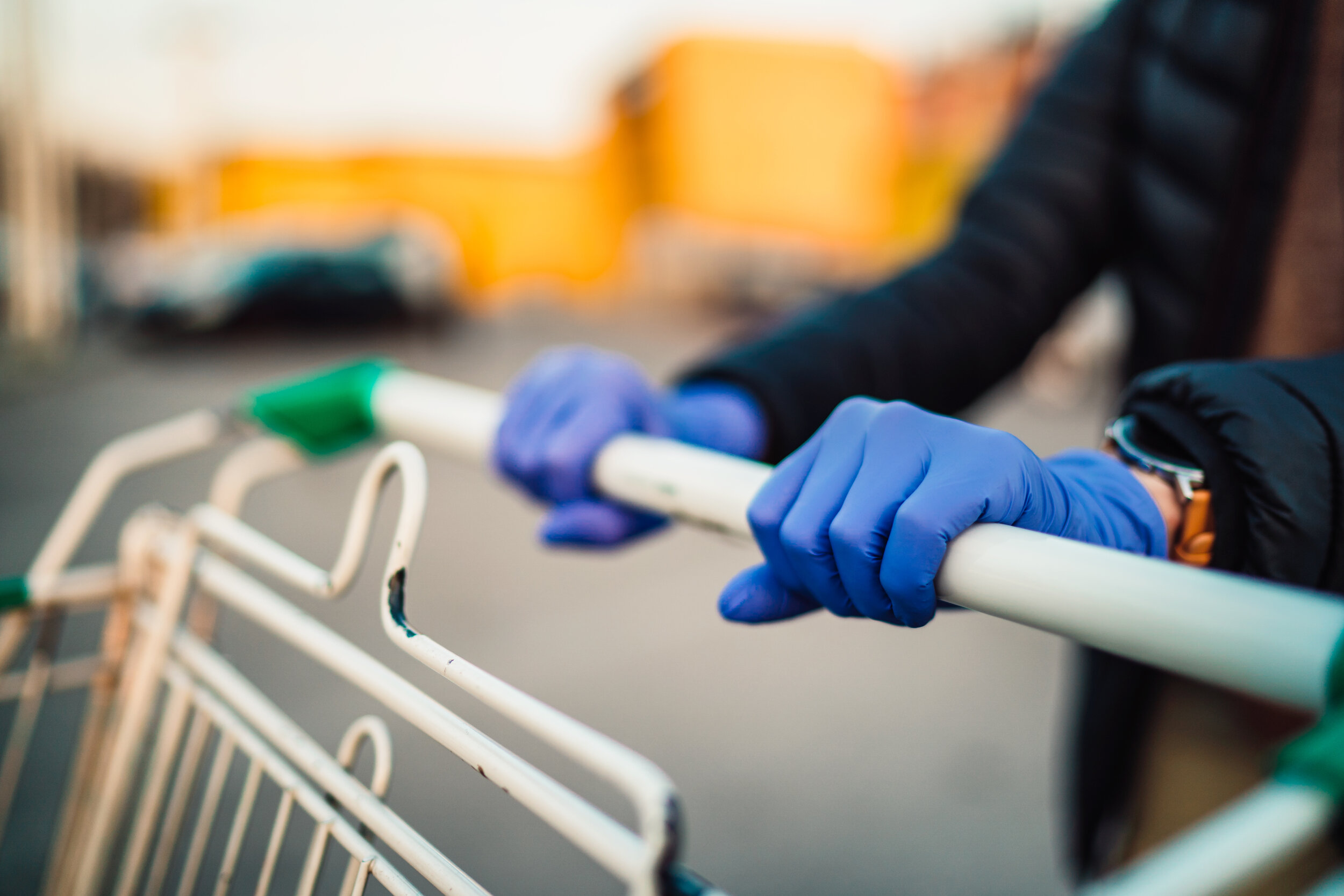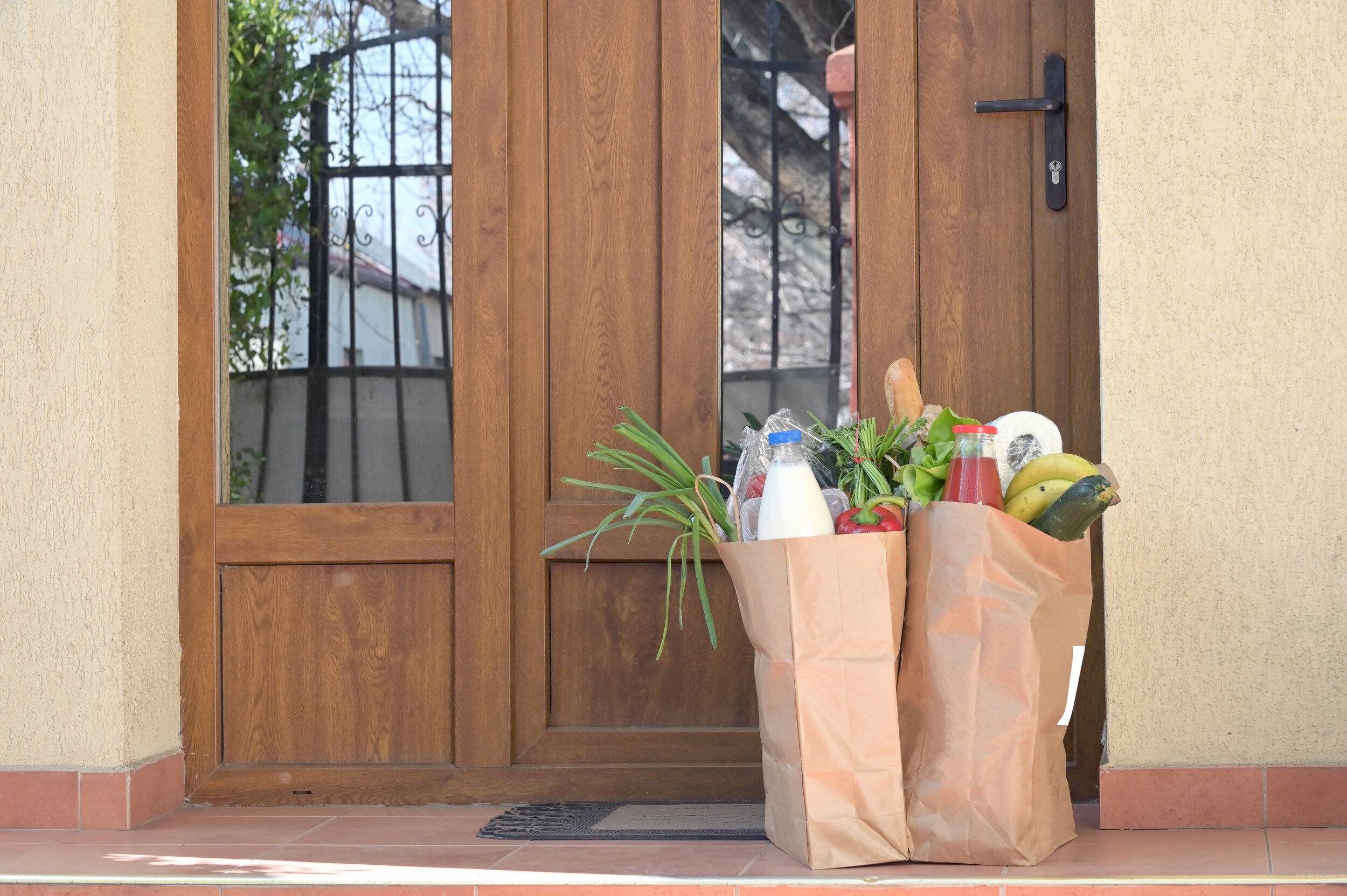Grocery Retailers in Canada Struggle to Serve Fearful Consumers Amid Pandemic: Expert
/By Sylvain Charlebois
There is no doubt that restaurants are being hit hard by the crisis. Many restaurateurs won’t recover. In fact, many have closed for good. Grocers, on the other hand, despite the influx of millions of new dollars, are also managing unprecedented pressure points.
Grocers are in a high-volume, low-margin business. The $80 billion coming from the food service industry, which has been decimated, may have been a godsend at first. However, the COVID-19 crisis has been anything but easy. Before the crisis, according to a survey by Angus Reid, 18% of Canadians either avoided the grocery store, or intended to avoid it. However, as of last week, over 50% (52% to be exact) are intending to avoid the grocery store. In other words, more than half of all Canadians are afraid of the grocery store. In fact, based on the same survey 20% of grocery shoppers are shopping for someone else. This is up from 4% prior to COVID, which is an incredible jump.
In a period of one month, what was a pleasant, social space is now seen as an inherent health threat by many. Unlike other supply chain levels, grocery stores are open systems. Everyone has access. Anyone can come in, touch anything and everything, and leave. A scary thought during a pandemic. We still know very little about COVID-19 and how it is transmitted, or how long it survives on certain surfaces. There are many unknown factors that make it difficult for grocers to manage risks.
With masks, plexiglass, new cleaning protocols, and a change in foot traffic in stores, grocers have coped well so far. Grocery stores are likely cleaner than operating rooms these days. Expectations have changed and grocers are complying. Salaries are also going up to compensate employees for doing things differently. And let’s be honest, working in a grocery store today entails more risk than just a few weeks ago.
The anxiety and support for employees also had to be addressed. In the last week only, over 40 grocery stores across the country had to close due to at least one employee contracting the COVID-19 virus. The outbreak is also affecting processing at many plants, including Olymel in Yamachiche, F. Ménard in Ange Gardien, and Maple Leaf in Brampton, all of which had to shutdown for days due to employees contracting the virus. Communities may be inconvenienced by some of these closures, but the measures taken won’t compromise food security.
In just a few weeks, grocers have also had to deal with a different consumer. Instead of accommodating someone looking for a quick fix for lunch, dinner, or perhaps for the following day, consumers are looking for cooking ingredients. Home cooking is clearly part of most people’s lives these days. So, we shouldn’t be surprised to see shortages of staples such as flour, yeast, eggs, sugar, and butter. Supply chains are slowly replenishing shelves. The challenge committing to our new normal is serving a new consumer when things return to where they were. Eventually, consumers will need less flour, butter and other ingredients. It is hard to commit to capital projects when the effects of the pandemic could be temporary.
Yet some things may become permanent. Traditional grocers in Canada reluctantly developed online strategies. Before Amazon’s acquisition of Whole Foods in 2017, the main fixation for most players in the industry was foot traffic. The more people who visited stores, the better. Last year, a survey by Dalhousie University suggested that barely 4% of Canadians were considering buying food online. Now, as of April 8, 22% of Canadians are thinking of buying food online regularly, including after the crisis is over. Accommodating online shoppers is no longer just about convenience, but it’s also about safety and risk perceptions.
The in-store grocery experience of the future is clearly a question at present. Few know what or how COVID-19 will forever change the way grocery stores are managed. But certainly, all the things we have become accustomed to, like grocerants, self-serving counters, and ready-to-eat displays, are all put into question. On the other side of this pandemic, grocers will have some serious work to do, but it will be difficult to overlook the growing sedentary nature of the marketplace after COVID-19.
The bright side of COVID-19 is that people are cooking more, and are also saving money, lots of money. The food service sector will be back eventually and all of us will want to treat ourselves and indulge. After all, some of the best innovations coming out of the food industry in recent years have been from the food service industry. During this crisis our grocers are delivering, and delivering big. But the aftermath will be incredibly challenging.
Dr. Sylvain Charlebois is Dean of the Faculty of Management at Dalhousie University in Halifax. Also at Dalhousie, he is Professor in food distribution and policy in the Faculty of Agriculture. His current research interest lies in the broad area of food distribution, security and safety, and has published four books and many peer-reviewed journal articles in several publications. His research has been featured in a number of newspapers, including The Economist, the New York Times, the Boston Globe, the Wall Street Journal, Foreign Affairs, the Globe & Mail, the National Post and the Toronto Star. Follow him on twitter @scharleb.











![Retail-insider-NRIG-banner-300-x-300-V01-3[2].jpg](https://images.squarespace-cdn.com/content/v1/529fc0c0e4b088b079c3fb6d/1593476525034-QRWBY8JUPUYFUKJD2X9Z/Retail-insider-NRIG-banner-300-x-300-V01-3%5B2%5D.jpg)
![Retail-insider-NRIG-banner-300-x-300-V01-2[2].jpg](https://images.squarespace-cdn.com/content/v1/529fc0c0e4b088b079c3fb6d/1593476491497-W6OZKVGCJATXESC9EZ0O/Retail-insider-NRIG-banner-300-x-300-V01-2%5B2%5D.jpg)
![Retail-insider-NRIG-banner-300-x-300-V01-4[2].jpg](https://images.squarespace-cdn.com/content/v1/529fc0c0e4b088b079c3fb6d/1593476508900-TJG5SNQ294YNOCK6X8OW/Retail-insider-NRIG-banner-300-x-300-V01-4%5B2%5D.jpg)
Sylvain Charlebois says that a code of practice is required to save the industry, and if nothing is done the consumer will also suffer.